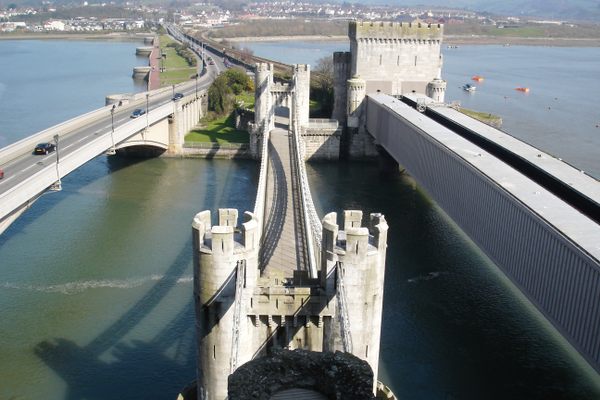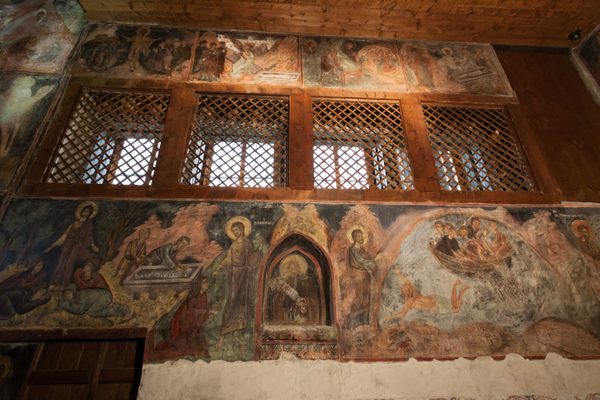About
These narrow passages, found throughout the town, date back to medieval times and were originally designed to guide livestock to the market square. Stow-on-the-Wold, with its large and bustling square, was a significant center for wool trading, and the Tures played a crucial role in managing the movement of sheep through the town.
The passages are often flanked by old stone buildings, their walls bearing the marks of centuries gone by. These alleyways are typically narrow and winding, adding a sense of mystery and adventure as you navigate through them. The sense of enclosure and the uneven stone underfoot evoke a vivid image of medieval life, where these routes would have been filled with the sounds and smells of livestock and market activity.
The Tures also provide a unique way to explore the architectural history of Stow-on-the-Wold. Many of the buildings lining these passages are centuries old, showcasing traditional Cotswold stone and historical features such as mullioned windows and thatched roofs. As you walk through these passages, you'll often find quaint courtyards, tucked-away gardens, and charming old shops that have retained their historical character.
In addition to their historical significance, the Tures offer a tranquil escape from the busier parts of the town. They connect different parts of Stow-on-the-Wold in a way that main roads do not, allowing for a more intimate and leisurely exploration.
Related Tags
Know Before You Go
There are no entrance fees to explore the Tures; they are public passageways open to everyone. The Tures are narrow and may have uneven surfaces, which could pose challenges for visitors with mobility issues. Comfortable walking shoes are highly recommended.
Take your time to explore and appreciate the historical significance of the Tures. Be respectful of the residents and businesses in the area by keeping noise to a minimum and not obstructing passageways.
Published
September 10, 2024

























